People often do not realize that many local organizations have boards who meet regularly to help with organizational issues or keep track of the finance and operational goals. Nearly all non profits have boards. Schools all have boards. Communities have boards or councils. Mental health organizations have boards. Large corporations have boards, but you might be surprised to find out that smaller companies and even startups have boards.
Qualifications are going to vary greatly based on the board and what the leader and the current board members are looking for, but you might be surprised to find you are just what they are looking for. For example, a mental health board is not going to be made up of all psychologists usually. Instead, they will often be made up of people in the community who care about mental health. They will bring their varied talents to the table to help look at things from different perspectives.
 Boards typically meet once a month but it could be more or less. Some are paid positions, and many are voluntary. Some voluntary positions do pay a small stipend to cover expenses. At a minimum, they typically feed you at the meeting and it offers a chance to give back to the community and learn about a topic in more detail. It also improves your skills and knowledge in the area.
Boards typically meet once a month but it could be more or less. Some are paid positions, and many are voluntary. Some voluntary positions do pay a small stipend to cover expenses. At a minimum, they typically feed you at the meeting and it offers a chance to give back to the community and learn about a topic in more detail. It also improves your skills and knowledge in the area.
Typically a board is either an elected position in the broad sense, such as needing to be on a ballot and get elected. Think city councils and public school boards. Other positions are typically by vote of existing board members. One person might bring you in and if you and the board agree it is a good fit they vote and make you a member.
Board sizes can be from a small group of 5 or 6 up to a large group of 30 or more. The larger the group the longer the meetings may go if everyone likes to talk and ask questions.
So how do you get on a board?
To begin, know what area you are interested in. If it is entrepreneurship, you will want to try to get on a startup board. If it is education, a school board. If it is mental health, then a mental health board.
Next you can use Google and LinkedIn and find existing organizations that match your interest. Look on their website and see if they list board members. Call or email and inquiry about open board positions. Ask if you can attend a board meeting. Have your resume polished up and ready in case they ask for it.
And keep circling back around. If a board is full when you contact them make sure they know you would like to be considered for a position in the future. Then follow up regularly, maybe quarterly, to see if positions have opened up.
Unless you are very familiar with the industry and how boards operate, begin by listening a lot and asking questions after the meetings. New visitors and board members sometimes try to do too much too soon, and it can be difficult. The first six months or more will most likely be learning and absorbing all the stuff they are doing.
Being a board member in any community organization is very rewarding. It can lead to new friends, new opportunities and a real sense of helping people.





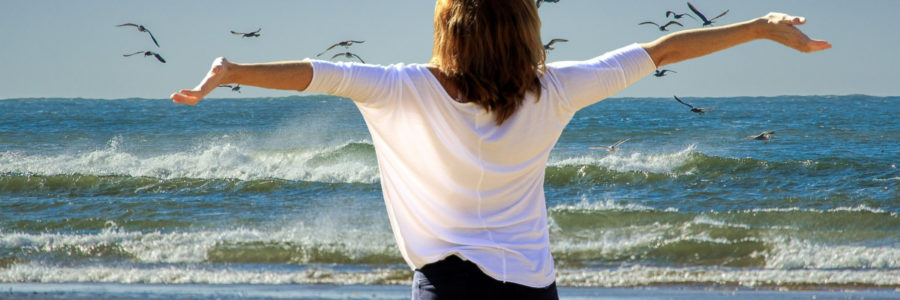




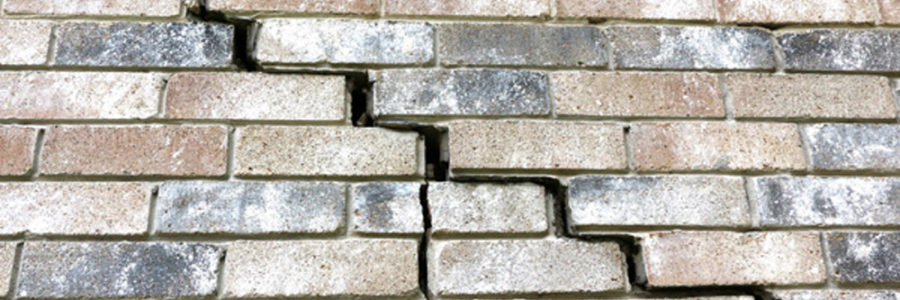

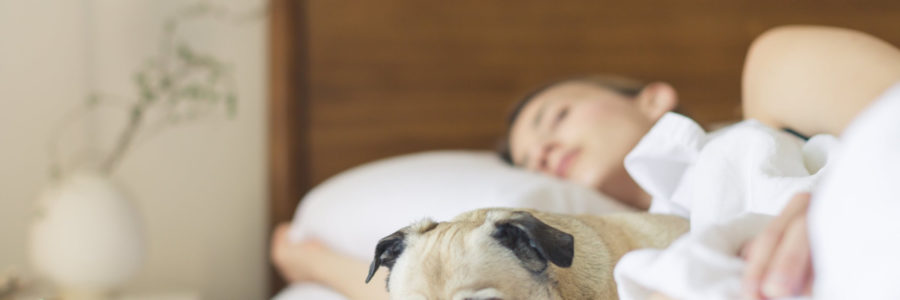

 Online shopping for a mattress? – Many millennial do not think twice about shopping, paying bills or banking online. For them, buying a mattress can be done as easily as clicking their mouse or pad, and companies know that. If you are comfortable buying a mattress online, by all means, you can do it, but do it with care. Learn about their return policy, warranty, shipping, discounts they may have, and other important information you need before committing to buying it. Some companies are offering a trial period to try the mattress you want, take advantage of their offers especially if you are buying a big-ticket item.
Online shopping for a mattress? – Many millennial do not think twice about shopping, paying bills or banking online. For them, buying a mattress can be done as easily as clicking their mouse or pad, and companies know that. If you are comfortable buying a mattress online, by all means, you can do it, but do it with care. Learn about their return policy, warranty, shipping, discounts they may have, and other important information you need before committing to buying it. Some companies are offering a trial period to try the mattress you want, take advantage of their offers especially if you are buying a big-ticket item.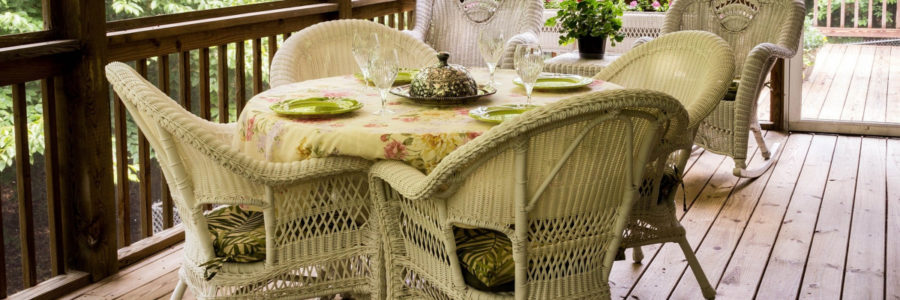

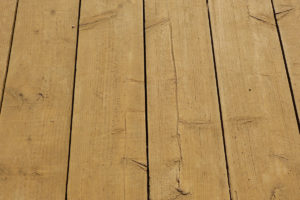 Decks created from wood are strong and comfortable; however, you will have to put a lot of effort into maintaining it compared to other kinds of deck materials. Wood decks require annual cleaning and also re-cleaning some years. Despite these maintenance and cleaning activities, your wood deck is likely to experience breakdowns as a result of rotting, warping and splintering, especially older decks. Therefore, you should apply a colored protectant to your old deck so that it can last for more years.
Decks created from wood are strong and comfortable; however, you will have to put a lot of effort into maintaining it compared to other kinds of deck materials. Wood decks require annual cleaning and also re-cleaning some years. Despite these maintenance and cleaning activities, your wood deck is likely to experience breakdowns as a result of rotting, warping and splintering, especially older decks. Therefore, you should apply a colored protectant to your old deck so that it can last for more years.

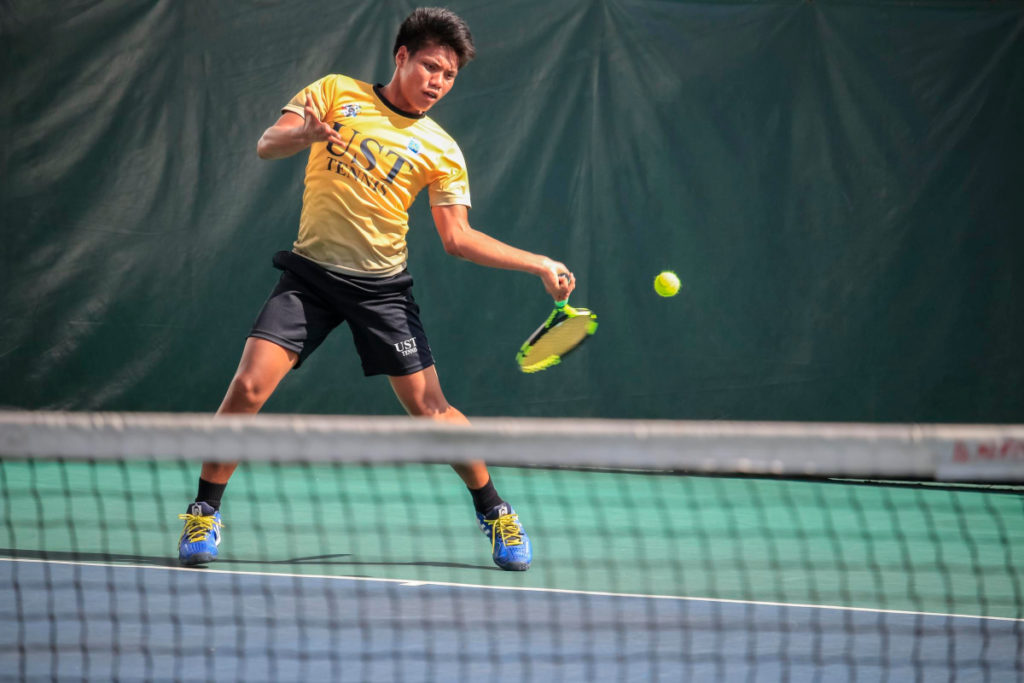



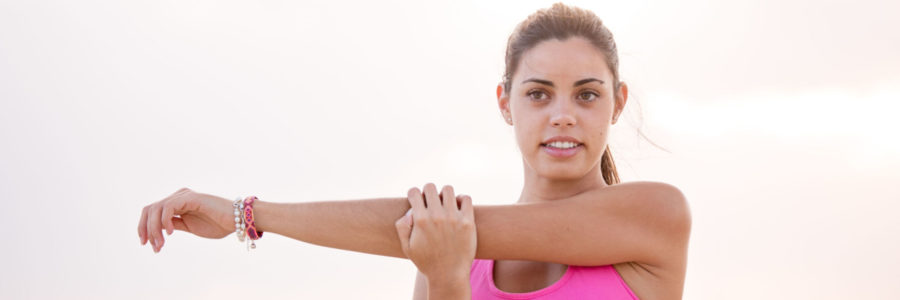

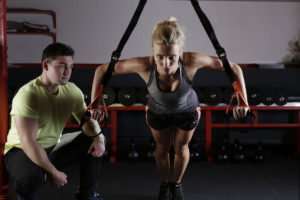 Eat at least 7 helping of fruits and vegetables daily.
Eat at least 7 helping of fruits and vegetables daily.